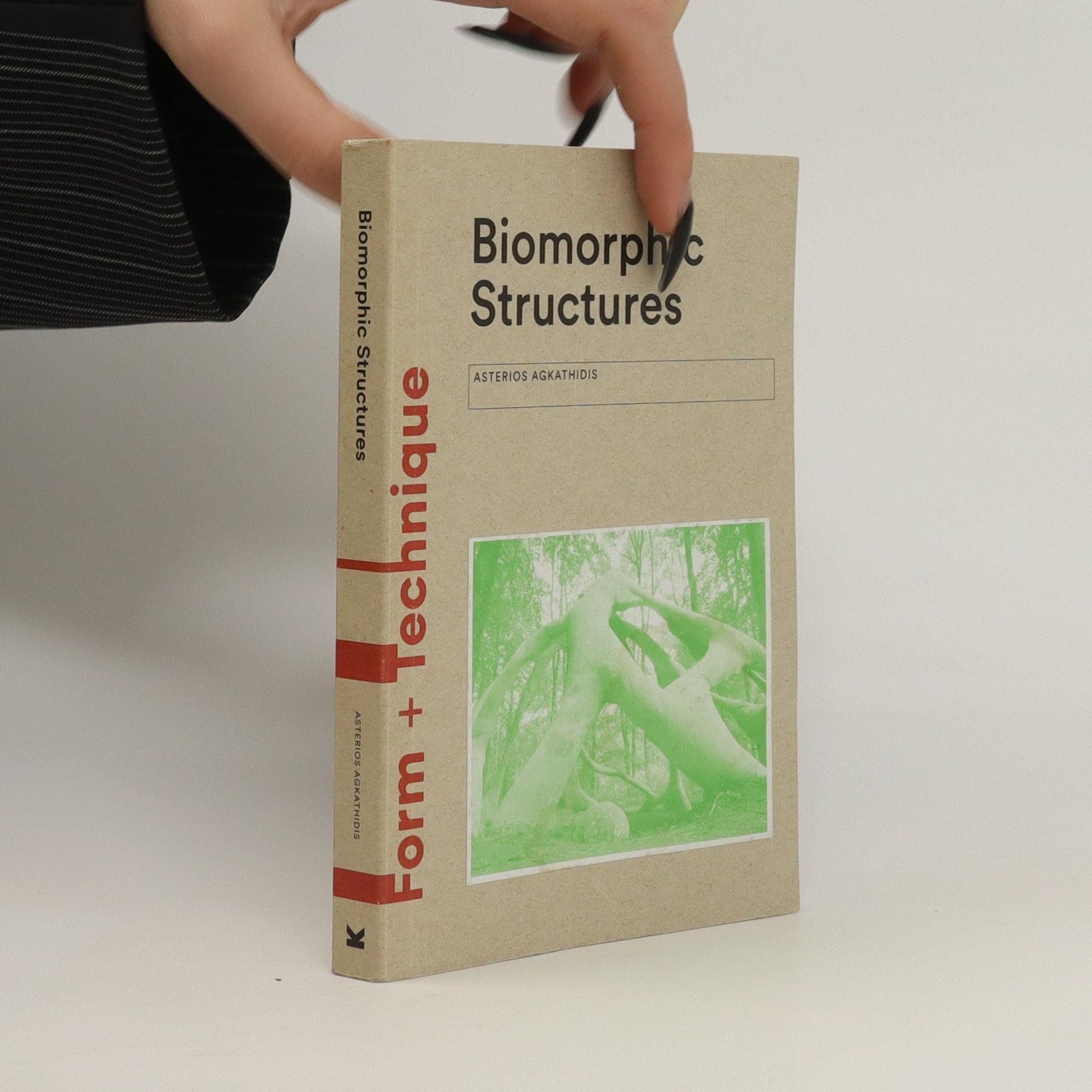Generative Artificial Intelligence (AI) tools are currently making a dynamic appearance in the architectural realm. Social media are being bombarded by word-to-image/image-to-image/word-to-3D/image-to-3D illustrations of fictive buildings generated by 2D or 3D AI algorithms. However, these 'designs', while visually appealing, have initiated a debate about their substance and the impact they have on conventional design methods. This book investigates the integration of generative AI-assisted methods into architectural design education and practice, its influence on design aesthetics, and its potential to enhance creativity and critical thinking in the architectural community. The book highlights the advantages and challenges of the utilisation of AI image generator tools in the architectural design process. It includes 10-12 hands-on case studies on how AI can contribute to a creative design process as well as handbook instructions on how to utilise AI in order to achieve the required results.
Asterios Agkathidis Reihenfolge der Bücher
1. Jänner 1974



- 2024
- 2017
Biomorphic structures
- 160 Seiten
- 6 Lesestunden
From leaves to liquids, caves to crystal formations, nature has always been a major source of inspiration for architects. This book examines how nature can act as a precedent for design solutions through twelve case studies. Packed with computer drawings, sketches, models, and photographs, this will be an ideal resource of ideas for students in their studio work, as well as for practicing architects.
- 2016
Generative Design: Form-finding Techniques in Architecture
- 160 Seiten
- 6 Lesestunden
Generating form is the fundamental aspects of architectural education and practice. Using 12 architectural projects, this book explores how generative design processes can integrate digital as well as physical design tools and techniques to produce innovative forms that cohere with structural and material principles, performance and context.